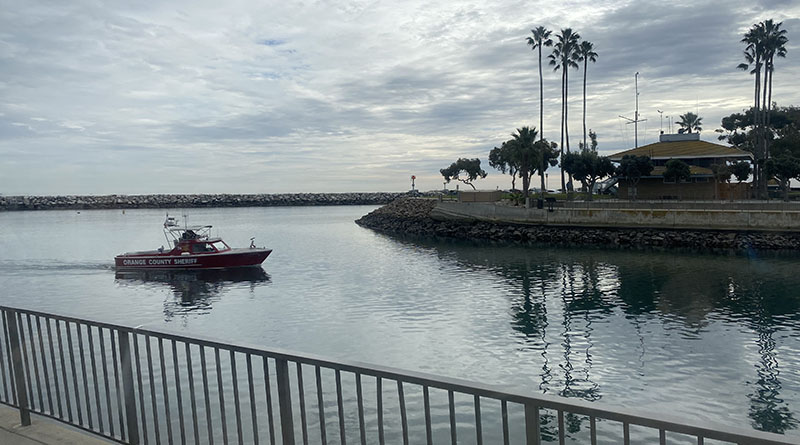As we approach winter, we need to prepare our boats for several months of idling away in the marina slip or on the driveway, waiting for the next season of fun and frolic on the water. Our goal, whether we own an inboard engine on a fairly large vessel or one or more outboard motors, is to prevent corrosion, and in mountain areas that freeze over the winter, damage from expansion of frozen water.
Outboard Motors
The first step in preparing an outboard motor for storage is disconnecting the rubber fuel line and, depending on the type, draining fuel into a jerry can. Let the line dry out for at least an hour to prevent flammable gasoline vapors from forming inside the line.
If you are preparing to stow the outboard motor in your garage or other closed space, allow air to circulate around the engine throughout the offseason. Again, we are trying to prevent gasoline vapor from accumulating in a closed space.
If you have a small outboard motor that has been used in saltwater, use a wooden or plastic mount on a trash can full of fresh water to run the engine for several minutes, clearing the water pump and internal tubing...







